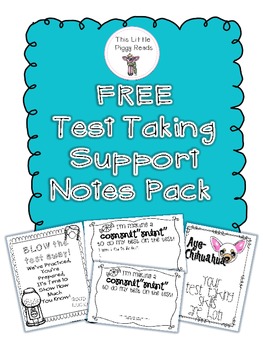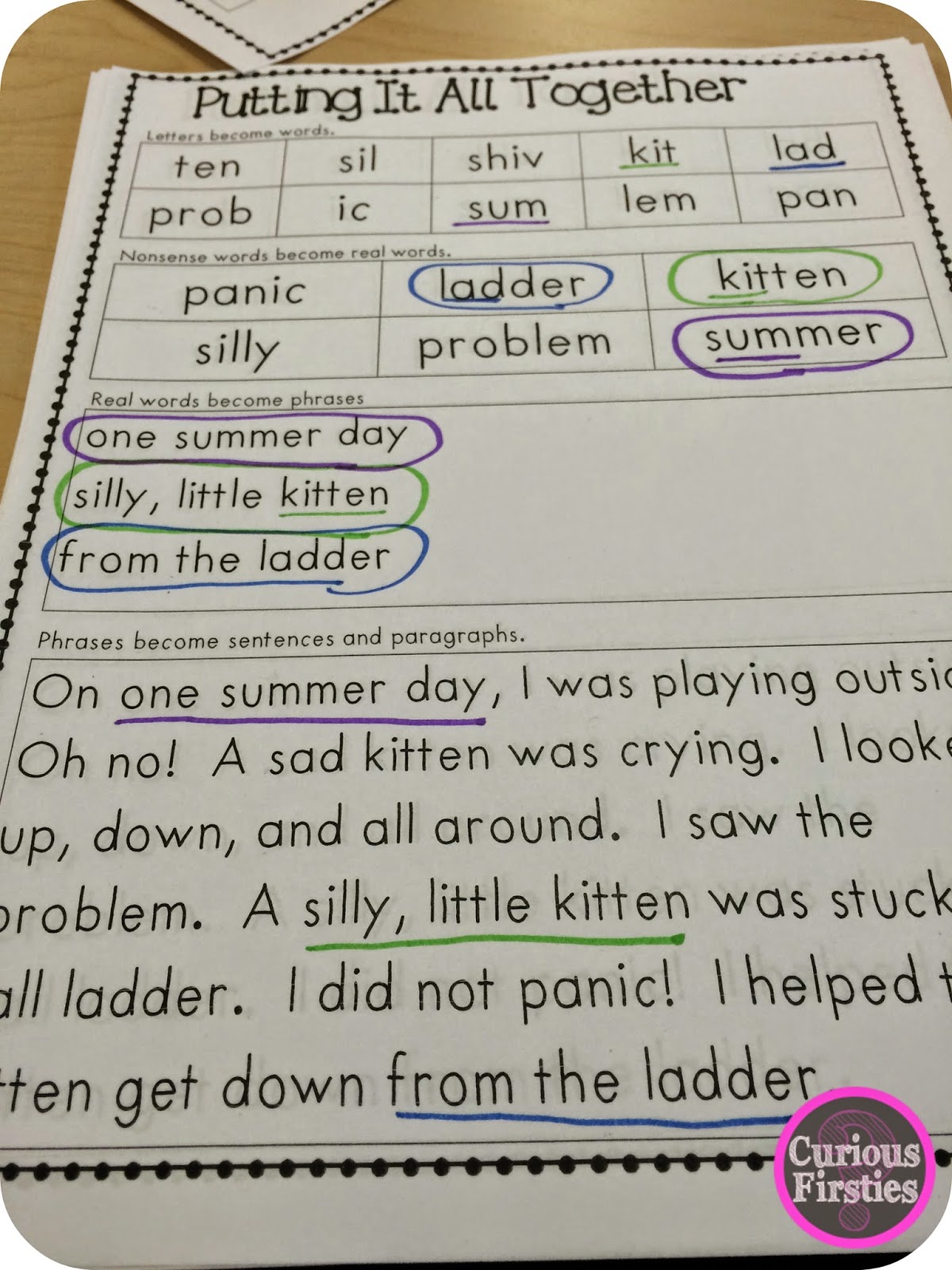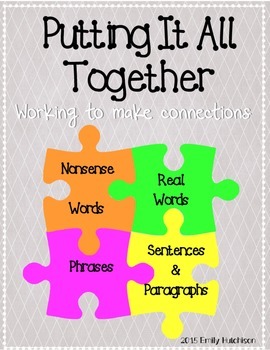Hi Literacy Land readers! It is Lauren from Teacher Mom of Three. Today I am going to try and take off my teacher hat and talk about reading logs from a parent point of view. This post is an opinion post to generate thinking and discussion.
The reading logs that I am discussing are the ones sent home to document a child's reading at home. They usually are in chart or calendar form and require the parent or child to record the book title, pages read, and/or minutes read, as well as requiring a parent signature. Sometimes they are counted toward a reading grade or homework grade.
Now, a little preface to my post so you know from where I am come. I have been a teacher for twenty-six years and a mom for twenty-two years. Throughout my teaching career, I have utilized a reader's log in various forms over all grade levels as a classroom teacher and as a reading specialist. As well, my oldest son is now twenty-two, and he was required to complete a reader's log throughout most of his school career.
There is no disputing that students of all ages need to read at home to become better readers. You can call it reading practice, independent, or recreational reading. We all know that to be a better reader, kids need to read. A lot. And they need to read both at school and at home.
Ok, now that I have put my parent hat back on, I will say that from my family's perspective, the reading log does not promote authentic reading, nor does it create life-long readers. But let me get to the why.
Why Reading Logs Should Not be Emphasized
- First, many times the completion of reading logs is tied to a reward, whether it is a grade or a prize. Sometimes students are rewarded for the total number of minutes read. In this case, the incentive is extrinsic, not intrinsic. Intrinsic motivation creates lifelong reading, Extrinsic motivation is short-term and the motivation to read becomes not about reading for enjoyment, but rather to earn an ice cream party or a good grade.
- The log is usually a form of accountability to document whether students are reading at home for the required daily or weekly minutes. I understand that teachers need some sort of accountability. I also understand that not all students will complete the reading or have a log completed. Sometimes even teacher-moms forget. At least this one does. We get so caught up in the reading, that many days pass and no one can remember how many minutes Noah read last Tuesday. All that Noah knows is that he finished his book and he can't wait to read the next one in the series.
Donalyn Miller, author of The Book Whisperer, believes that students will read if you give them great books. She doesn't require her students to keep a log for at-home reading. Teachers must help students to find books that they can get totally engrossed in. Books that the students want to take home. Books that are of interest to the students and books that the student has chosen herself. There's two points here that I want to make.
- First, when students must document the minutes read or pages read, this can and does interfere with reading. It sets up an artificial reading experience. not an authentic one. Students and parents have to remember to set the timer, reading magically stops when the timer goes off, and someone has to document the minutes. The reading experience can become tedious and frustrating.
- Second, many researchers, including Miller and Kelly Gallagher, author of Readicide, emphasize that teachers must, must allow time for reading in the classroom throughout the day. Both understand that for many students they may not have a support system at home to encourage reading or a parent available to sign the log. When I taught middle school, many of the students came from single family homes with the parent working night shift. The students had to remember to make arrangements for parents to sign the log before the due date. Seems like they should be responsible, but these same students were the ones caring for younger siblings and in charge of making dinner and other chores. Sadly, reading was not a priority in the home. Staying safe in high-crime neighborhoods and caring for younger siblings was the priority. Reading logs aren't going to change that.
- The goal of education is to create life-long learners and readers. The log isn't going to do that either. For my sons, they read because they find it interesting and enjoyable. The reader's log gets in the way. We end up estimating exactly how many minutes they read because I will not have them or me running to the timer. I do not want to communicate to them that reading stops when the timer goes off or when you have read 10 pages. It's unnatural in this setting. Real readers don't set the timer. Real readers read in bits and chunks throughout the day. I don't document every time my boys read. I can't.
- And the reason I can't is because very early in the school year, they got the impression that reading is about completing the log and racking up the minutes. "I want to go the ice cream party". "I want the special tickets". No, I had to gently remind them. This is not what reading is all about. I want my discussions with my kids to be about the book, not how many minutes or pages they read. We read for enjoyment and to learn not for recording minutes.
Stay tuned for a second part to this topic where I will discuss my ideas for alternatives.
What are your thoughts as a parent and/or as a teacher?




































